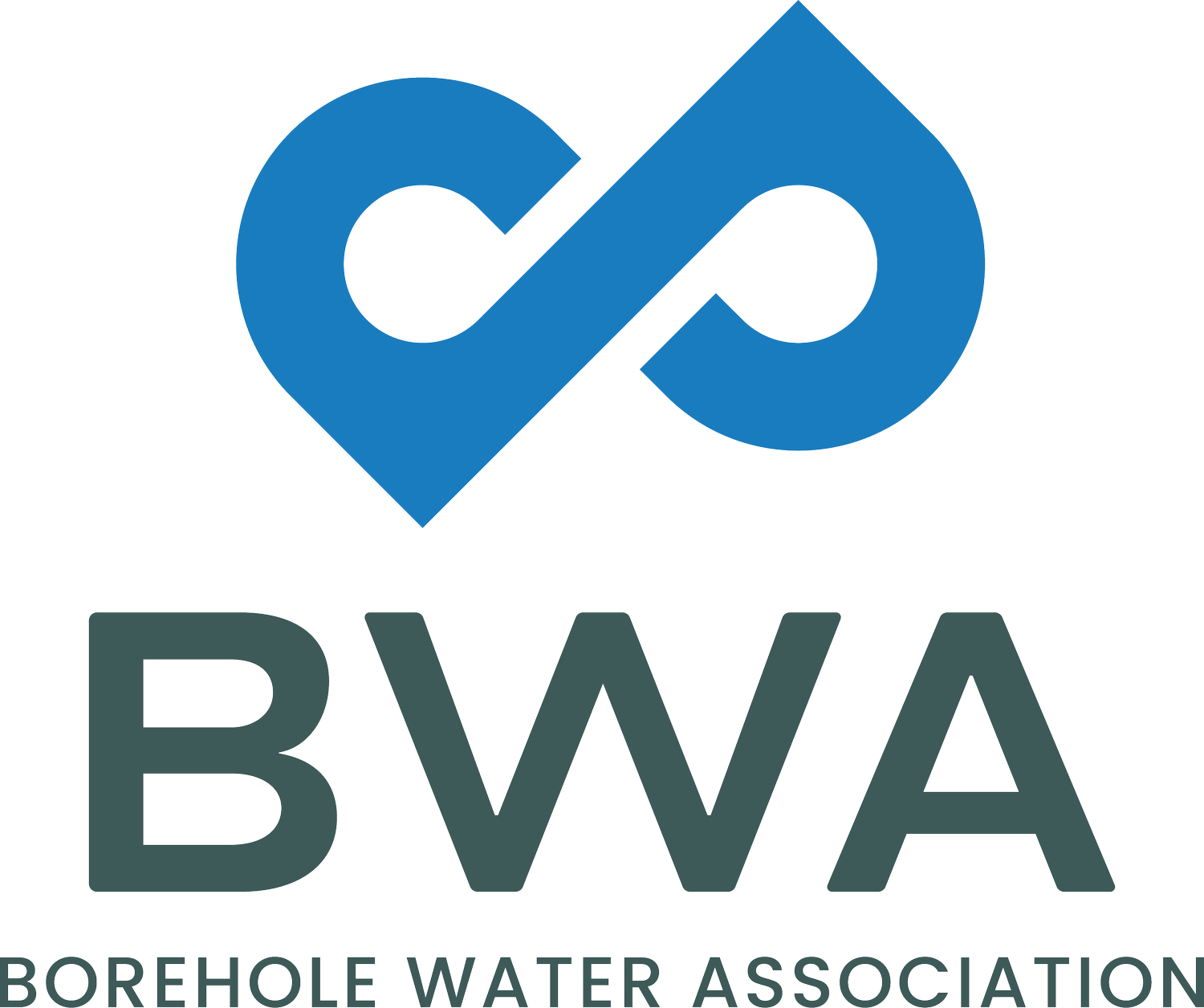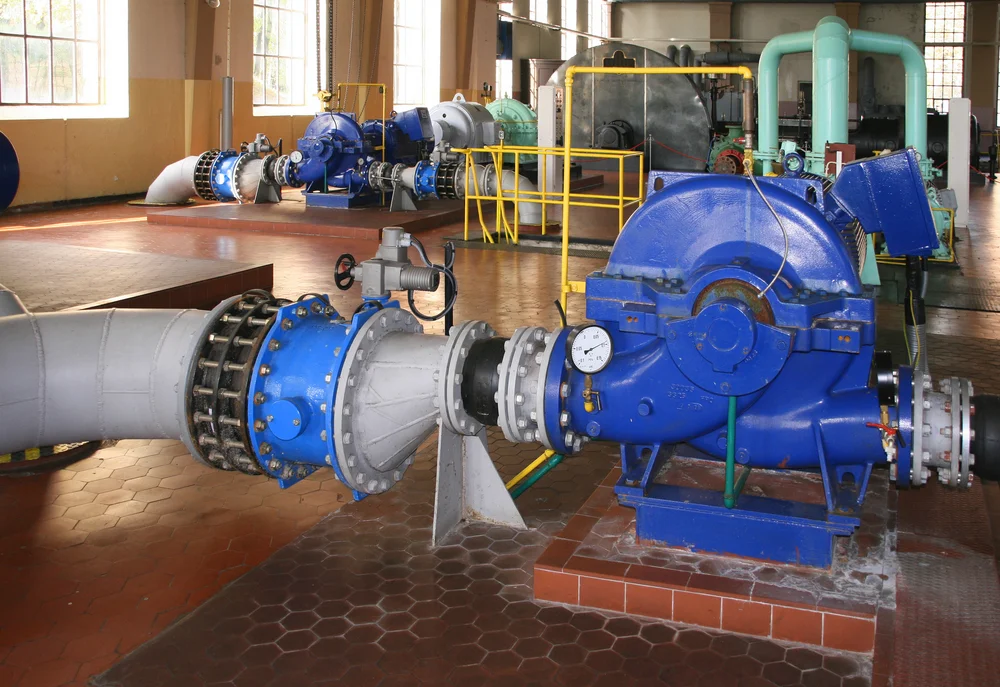Urban water supply: Are we walking on the solution?
/By John Tonkin
On 3 February, Johannesburg Water and the Borehole Water Association held a press launch at the Bryanston Country Club to launch the Borehole Campaign. As part of the launch, John Tonkin did a presentation to the media. Here are some of the key points from the presentation.
We can survive without food for about two weeks, but only a matter of days, without water.
Because South Africa is no different from the rest of the (urbanising) world, a great deal of focus has to be placed on the logistics of meeting the spiralling demand for water in our cities. Where does this water come from? From a global perspective, the availability of water can be graphically represented as follows:
Total Global Water
Freshwater
Surface Water and Other Freshwater
While the model was constructed in 1993, it represents a reasonable reflection of current thinking.
The most startling point to come out of this model is that only 2,5% of all the water on earth is fresh. Of this, nearly 69% is held in glaciers and the polar ice caps, which are melting at an alarming rate because of global warming. Virtually all the run off from these ice sheets ends up as saline water in the sea.
Only 1,2% of the available fresh water is on the surface (mostly in the form of rivers, lakes, swamps, and soil moisture). The best opportunity that presents itself is the 30% of all fresh water that exists as groundwater, which is, broadly speaking, sitting beneath our feet. That’s the good news but the not so good news is that groundwater can be somewhat patchy. Although this discussion will focus on Johannesburg and its immediate environs, there is much information on groundwater in other regions, available through the Borehole Water Association (BWA).
Some time ago the BWA and Johannesburg Water met in order to explore ways of expanding the water supply base for the region. The facts and figures that were presented at our first meeting were startling:
- Johannesburg receives, on average, 5000 additional people EACH MONTH! At 25 litres per person per day that means the City has to add 125 000 litres per day to their supply chain just to keep up.
- A significant proportion of the water used in many gardens (and in virtually all toilets!) is potable water of a world-class standard.
- The distribution system is in dire need of a major upgrade. This is being attended to.
During our meeting we discussed ways in which the BWA and its 130 members can become a part of the solution to this looming challenge.
In addition to the challenges already mentioned, the country faces the worst drought in a long time. This could not have come at a worse time. The downturn in the world’s economy and the particularly negative effects it has had on emerging markets, has placed a tremendous burden on the country’s sources of revenue, so any contribution that can lighten the load should be welcomed.
Groundwater has a number of very attractive attributes in addition to its relative availability:
Dolomite drilling for a series of large-diameter/high-yield boreholes drilled from Vereeniging to the south of Johannesburg in the 1980s.
- Experience by and feedback from our members indicates that the quality of the ground water available in the Johannesburg area, is of a high quality. We have numerous examples of households within the Metro that are operating “off grid”.
- The water is very often available at the point of demand. There is therefore no need for expensive piping systems that require large sums of money to monitor and maintain.
- While the initial capital outlay of a complete borehole system can be significant, the inherent reliability and low operating cost of a well-designed, constructed and operated system will ensure a good return on any investment.
- In Johannesburg, sourcing water from boreholes for domestic use will make a positive contribution to reducing the load on the existing reticulation system.
- There are opportunities for sourcing larger quantities of groundwater. In the mid 1980’s the Department of Water Affairs drilled a series of large diameter/high yield boreholes starting just outside Vereeniging and stretching through Meyerton, Klip River through to the south of Johannesburg. Some of these holes yielded capacities of 100l/s with a minimal drawdown. Treatment of Acid Mine Drainage (AMD) water offers a significant potential source of potable water. Read our article on the eMalahleni Water Reclamation Project in the latest edition of the Borehole Water Journal Online.
Yield testing one of the large-diameter/high-yield boreholes in the Vaal Triangle.
How can we, as the BWA, help? The Association is a non-profit, trade body that represents all aspects of the industry. We have a membership of 130 drawn from professional consulting engineers, manufacturers of drilling machines, pumps, and ancillary equipment and contractors. This places us in a unique position to offer a complete service from initial advice through siting, drilling, testing, equipping, commissioning and maintenance of boreholes across Southern Africa. All done largely with South African expertise and materials.
The BWA represents the collective skills and experience of an entire industry spanning 36 years.
We have a full-time, hard-working administrator/secretary and an Executive Committee all drawn from a broad cross section of the groundwater industry.
The members of the Borehole Water Association of Southern Africa stand ready to play our part to ensure a sustainable supply of clean water for the region.






